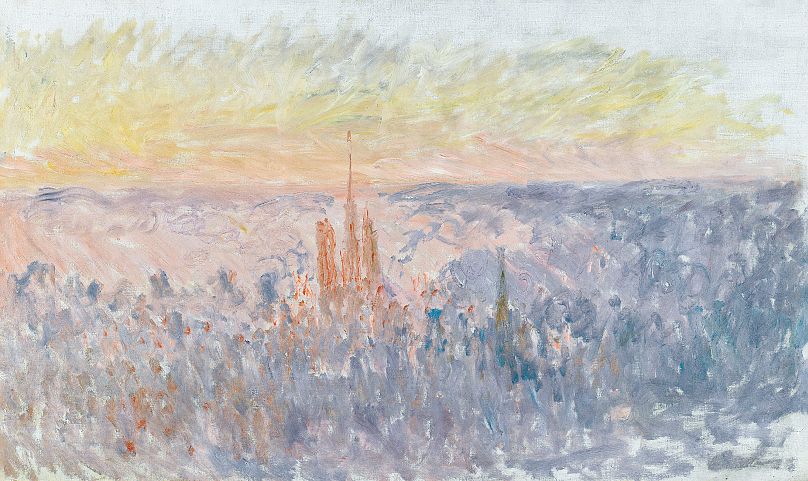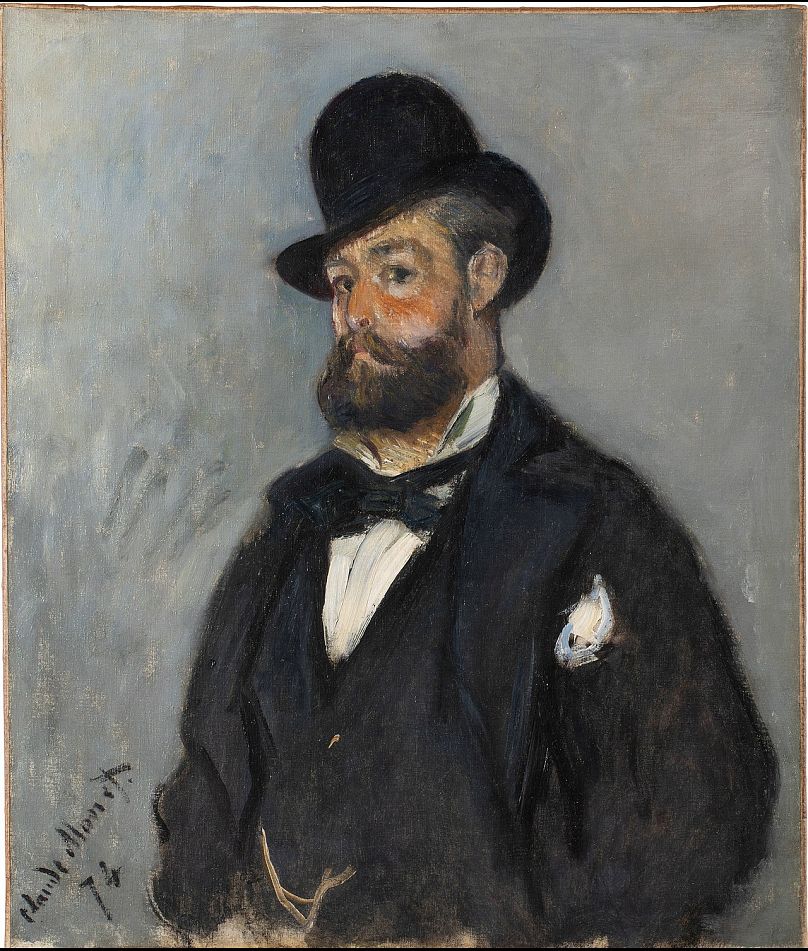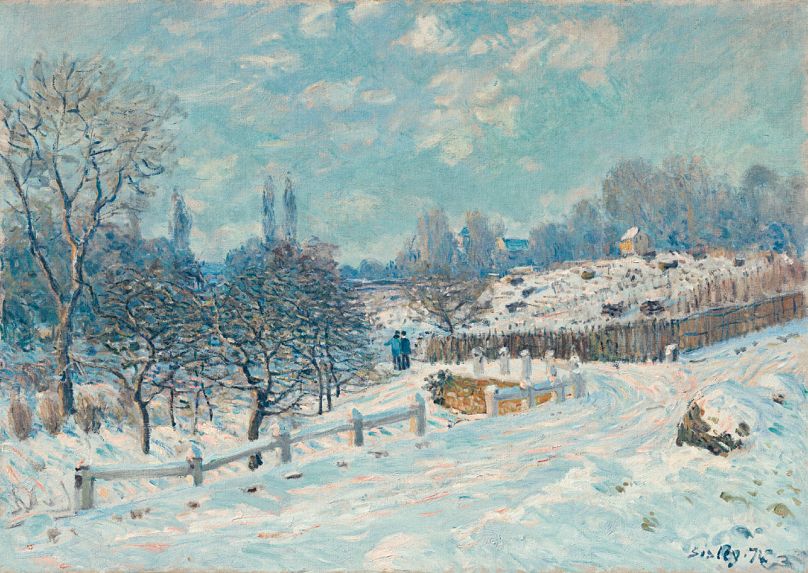The exhibition showcases Leon's influence on Claude's career, including his purchase of his brother's paintings at auctions when nobody else did, which helped to raise Claude's artist profile and prices.
Claude Monet is widely considered the founder of Impressionism. His 1872 “Impression, Sunrise” gave its name to the Impressionist movement.
But it's his little-known brother, Leon Monet, who is now under the spotlight.
An exhibition at the Musée du Luxembourg in Paris focuses on his role and influence over his famous brother's career.
“This exhibition is very important because it puts Leon Monet back in the Claude Monet story," says Frances Fowle, senior curator at the National Galleries of Scotland and an expert on Impressionism.
Who was Leon Monet?
Leon Monet had been forgotten, and it took curator Geraldine Lefebvre over three years to uncover his role in the Impressionist Movement.
Recognising Claude's talent early on, Leon bought his paintings at auction and sales at a time when nobody else did, helping him raise his brother's profile and prices.
“He collected, he bought at auctions, sales. He bought some paintings of impressionist painters; not only of his brother but by (through) his brother, he met the new generation of impressionist painters. Because (Alfred) Sisley, (Camille) Pissaro, (Pierre-Auguste) Renoir, were very close to Claude Monet. They painted together,” says curator Geraldine Lefebvre.
He kept some of the artworks and returned others to his brother, but was much more than just a collector.
"He obviously was a key player. And he’s part of this much wider network that was kind of essential for Monet’s success," explains Fowle.
"One tends to think of Monet making it all by himself, but he relied on a network of collectors, supporters, dealers. Leon seems to be almost like a lynchpin who has been somehow overlooked and rediscovered through the exhibition," adds Fowle.
Sadly, the two brothers' relationship fell apart shortly after Claude’s son Jean contracted an incurable respiratory infection from working with chemicals at Leon Monet’s factory.
When Leon’s daughter Adrienne suffered from the same illness, he blamed Jean, accusing him of passing on the disease to Adrienne, in denial over his chemicals’ toxicity.
Jean died in 1914, and Leon Monet’s side of the family wasn't invited to the funeral.
The two brothers never spoke again.
Following Leon’s death at 82 in 1917, Claude wrote to his widow: "I regret not being able to see my brother one last time, and tell him to forget everything that took us apart."
What's on display at the exhibition?
The exhibition brings together around one hundred works, among them never-before-seen paintings and drawings by Monet, Sisley, Pissarro and Renoir, as well as books of colours, fabric swatches, Japanese prints, archive documents and a host of family photographs.
The dynamic portrait that Claude Monet painted of his older brother in 1874, a vibrant illustration of the brothers’ deeply affectionate bond, is also presented for the very first time.
Curator Lefebvre spent nearly two years tracking it down.
Painted in 1874, the year of Claude’s first show and Leon’s debut as an industrialist in Rouen, it depicts a well-off man in a black suit and top hat (see above).
According to the family, the portrait was initially painted outdoors with the intention of finishing it at Monet’s atelier. But visiting Renoir and Sisley advised their friend to leave it as is. Leon Monet didn’t agree and hid the painting until his death.
“Claude Monet gave this portrait to his brother but Leon Monet didn’t accept it, he didn’t like it. Why? We can ask this question. Maybe because it looks like a portrait unfinished, with the brushstrokes that were very present,” says Lefebvre.
Visitors to the exhibition will also be able to view a book of drawings by a then 15-year-old Claude, who left a note for his brother when he purchased it in 1893: "Childhood memory, to my dear brother" it reads.
"Here you can see all the genius of Claude Monet as a young artist who will become a great artist and the most famous artist of Impressionist art," says Lefebvre.
"Leon Monet, Brother of the Artist and Collector" runs from 15 March until 16 July at Musée du Luxembourg in Paris.
Check out the video above for a look inside the stunning exhibition.














